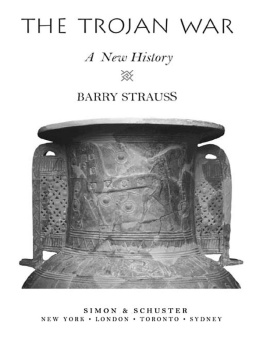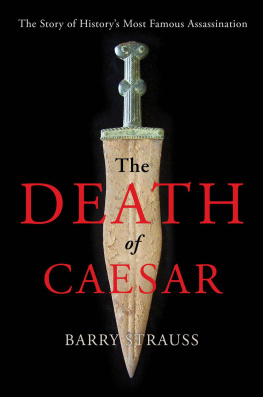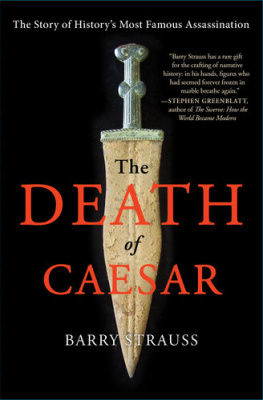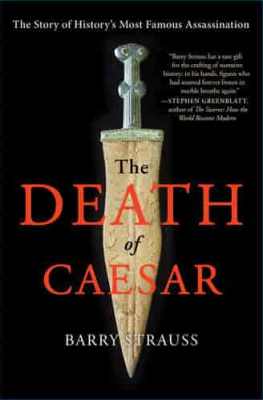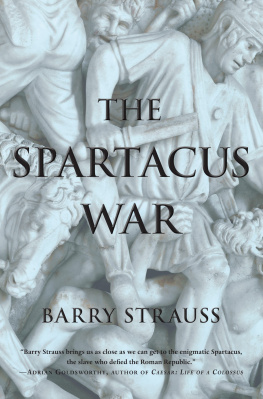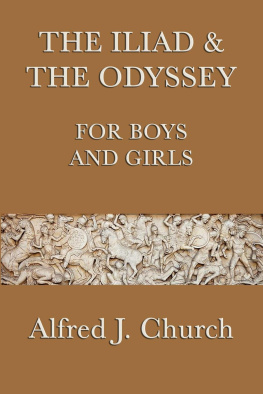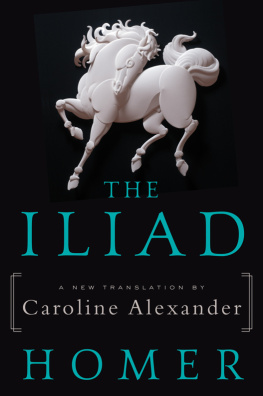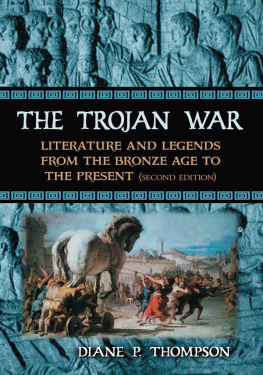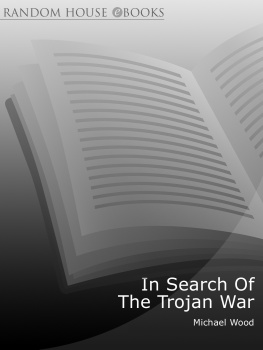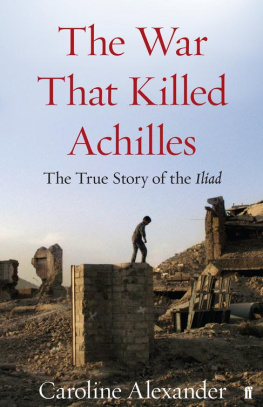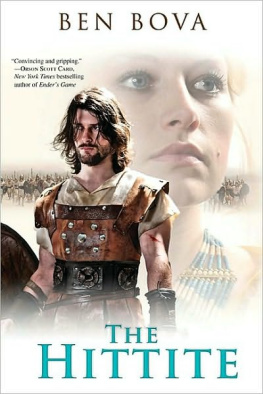Barry Strauss - The Trojan War A New History
Here you can read online Barry Strauss - The Trojan War A New History full text of the book (entire story) in english for free. Download pdf and epub, get meaning, cover and reviews about this ebook. year: 2006, publisher: Simon & Schuster, genre: Non-fiction. Description of the work, (preface) as well as reviews are available. Best literature library LitArk.com created for fans of good reading and offers a wide selection of genres:
Romance novel
Science fiction
Adventure
Detective
Science
History
Home and family
Prose
Art
Politics
Computer
Non-fiction
Religion
Business
Children
Humor
Choose a favorite category and find really read worthwhile books. Enjoy immersion in the world of imagination, feel the emotions of the characters or learn something new for yourself, make an fascinating discovery.
- Book:The Trojan War A New History
- Author:
- Publisher:Simon & Schuster
- Genre:
- Year:2006
- Rating:3 / 5
- Favourites:Add to favourites
- Your mark:
The Trojan War A New History: summary, description and annotation
We offer to read an annotation, description, summary or preface (depends on what the author of the book "The Trojan War A New History" wrote himself). If you haven't found the necessary information about the book — write in the comments, we will try to find it.
For many years it was thought that Troy was an insignificant place that never had a chance against the Greek warriors who laid siege and overwhelmed the city. In the old view, the conflict was decided by duels between champions on the plain of Troy. Today we know that Troy was indeed a large and prosperous city, just as Homer said. The Trojans themselves were not Greeks but vassals of the powerful Hittite Empire to the east in modern-day Turkey, and they probably spoke a Hittite-related language called Luwian. The Trojan War was most likely the culmination of a long feud over power, wealth, and honor in western Turkey and the offshore islands. The war itself was mainly a low-intensity conflict, a series of raids on neighboring towns and lands. It seems unlikely that there was ever a siege of Troy rather some sort of trick -- perhaps involving a wooden horse -- allowed the Greeks to take the city.
Strauss shows us where Homer nods, and sometimes exaggerates and distorts, as well. He puts the Trojan War into the context of its time, explaining the strategies and tactics that both sides used, and compares the war to contemporary battles elsewhere in the eastern Mediterranean. With his vivid reconstructions of the conflict and his insights into the famous characters and events of Homers great epic, Strauss masterfully tells the story of the fall of Troy as history without losing the poetry and grandeur that continue to draw readers to this ancient tale.
Barry Strauss: author's other books
Who wrote The Trojan War A New History? Find out the surname, the name of the author of the book and a list of all author's works by series.

